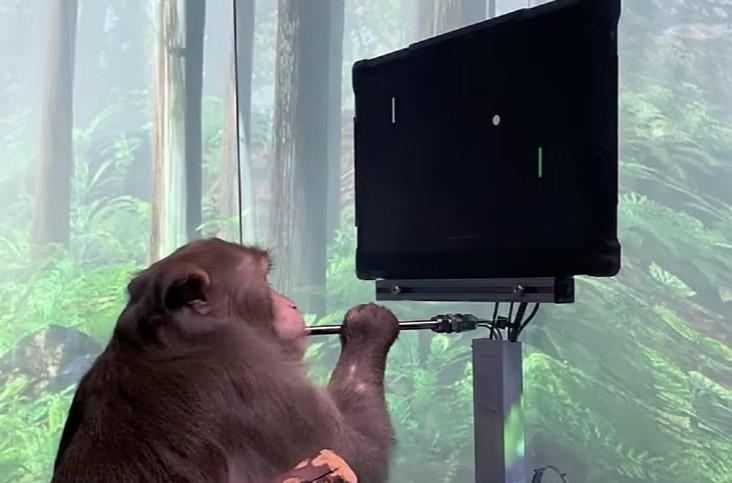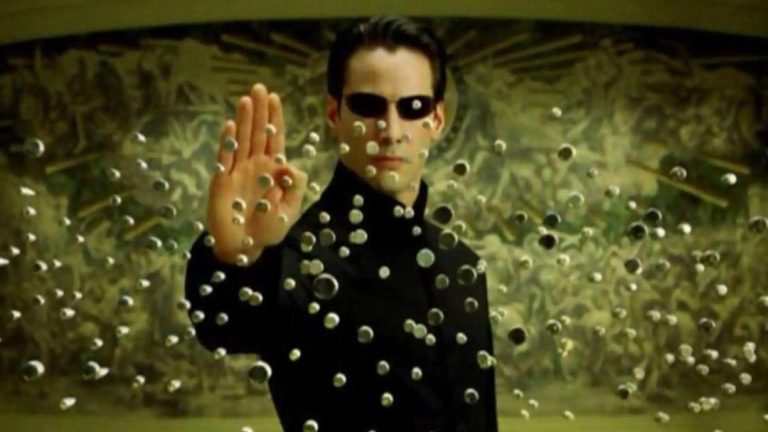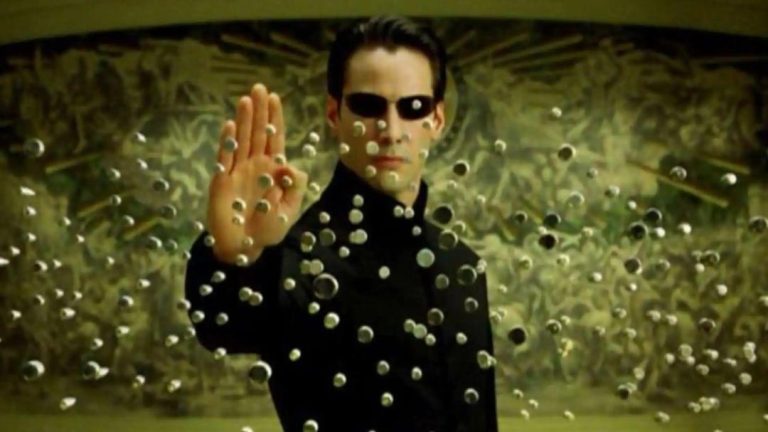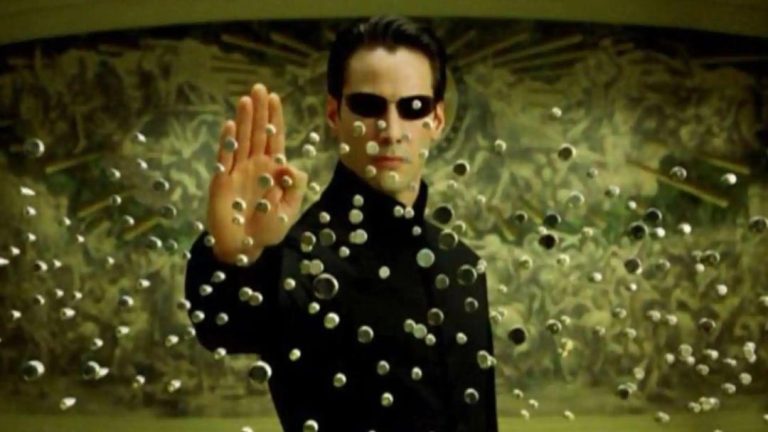
Musk’s Neuralink Brain Chip Helps Monkey See Something that’s Not There
In a groundbreaking experiment, Elon Musk’s neural implant startup, Neuralink, has successfully enabled a monkey to see something that isn’t physically there. According to Neuralink engineer Joseph O’Doherty, the device, called “Blindsight,” stimulated areas of the monkey’s brain associated with vision, making it possible for the primate to perceive an image that wasn’t actually present.
This remarkable achievement has significant implications for the future of human vision, particularly for individuals who have suffered severe visual impairments or have lost their sight. As Musk himself has stated, “Blindsight will enable even those who have lost both eyes and their optic nerve to see.”
The experiment involved implanting a tiny chip, called a neural interface, into the brain of a rhesus macaque monkey. The chip is designed to read and write neural signals, effectively communicating with the brain’s neural networks. Once implanted, the chip was used to stimulate areas of the monkey’s brain associated with vision, essentially creating a new visual pathway.
The results of the experiment are nothing short of astonishing. When the chip was activated, the monkey was able to perceive a pattern of dots on a screen, even when none was actually present. This is a remarkable achievement, as it demonstrates the ability of the chip to bypass traditional visual processing and create a new visual experience for the monkey.
But what does this mean for humans? According to O’Doherty, the potential applications are vast. “This technology has the potential to restore vision to people who have lost it, whether due to injury or disease,” he said in an interview. “It could also potentially be used to enhance human vision, allowing people to see in new ways or perceive the world in a more nuanced manner.”
The implications of this technology are far-reaching, and could potentially revolutionize the way we understand and interact with the world around us. For individuals who have suffered from visual impairments, the prospect of regaining their sight is a powerful motivator, and could potentially restore a sense of independence and autonomy.
But what about the potential risks and drawbacks of such a technology? As with any emerging technology, there are concerns about the potential risks and side effects. For example, there is the possibility of unintended consequences, such as the chip interfering with the monkey’s natural visual processing or even causing harm to the animal.
Additionally, there are concerns about the potential for abuse or misuse of such technology. As the technology becomes more advanced and accessible, there is a risk that it could be used for malicious purposes, such as espionage or manipulation.
Despite these concerns, the potential benefits of Neuralink’s technology are undeniable. As Musk has stated, the goal of the project is to ultimately enable humans to merge with machines, effectively creating a new form of intelligence. While this may seem like science fiction, the potential for this technology to transform our understanding of the human brain and our relationship with the world around us is undeniable.
In conclusion, Neuralink’s groundbreaking experiment has opened up new possibilities for the future of human vision. While there are concerns about the potential risks and drawbacks, the potential benefits of this technology are undeniable. As we continue to explore the possibilities of neural interfaces, we may find that the boundaries between human and machine are more blurred than we ever could have imagined.





